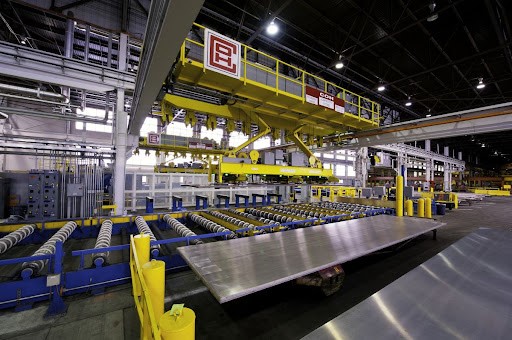

Kaiser Aluminum, an American producer of superior aluminum mill products, has revealed its third-quarter results mentioning net sales of $751 million, with value-added revenue of $305 million. The data indicates that the company’s revenue decreased quarter-on quarter by $13 million despite the hike of $10 in net sales.

The net loss reported by Kaiser for Q3 was $2 million or $0.14 loss per share. Net income was $9 million or $0.57 earnings per share, down from $16 million or $1 earnings per share in Q2 2021.
Adjusted operating income also fell in Q3 by $7 million on quarter from $33 million to $26 million. Adjusted EBITDA stood at $50 million in Q3 compared to $59 million in Q2 2021.
However, on a year-on-year calculation, net income in Q3 increased from $6 million or 0.39 earnings per share. Adjusted operating income rose from $32 million on year and net sales hiked from $256 million.
During January-September 2021, Kaiser Aluminium’s net sales increased by over 100 per cent year-on-year from $901 million to $1,816 million, along with the hike value added revenue from $546 million to $795 million.
Keith A. Harvey, President and Chief Executive Officer of Kaiser Aluminum, said: “Results for the third quarter 2021 reflected both strong end market demand and the impact of supply chain disruptions, labor constraints and inflationary cost pressures.”
He added, “The integration of the Warrick packaging operation is proceeding as planned and continues to demonstrate strong strategic growth opportunities as demand for our applications continues to increase.”
Anticipating the results Q4 2021, Mr. Harvey said: “Value added revenue for the fourth quarter 2021 is anticipated to be up low single digits from the third quarter with adjusted EBITDA margin to remain similar to the third quarter. While our end market demand remains positive, we anticipate cost issues and supply chain disruptions will continue during the quarter. In addition, the most recent industry wide disruptions in the magnesium and silicon markets and resulting supply demand imbalances are continuing to evolve and remain uncertain at this time. Although our outlook contemplates the anticipated impact to our costs and operations, the situation is fluid and could further impact our fourth quarter results.”



Responses






